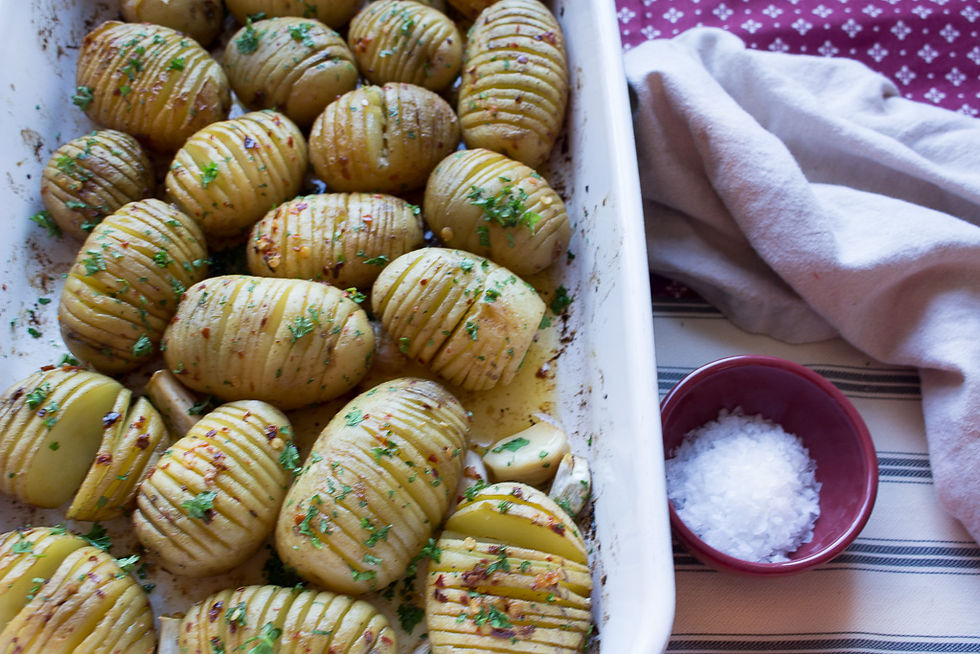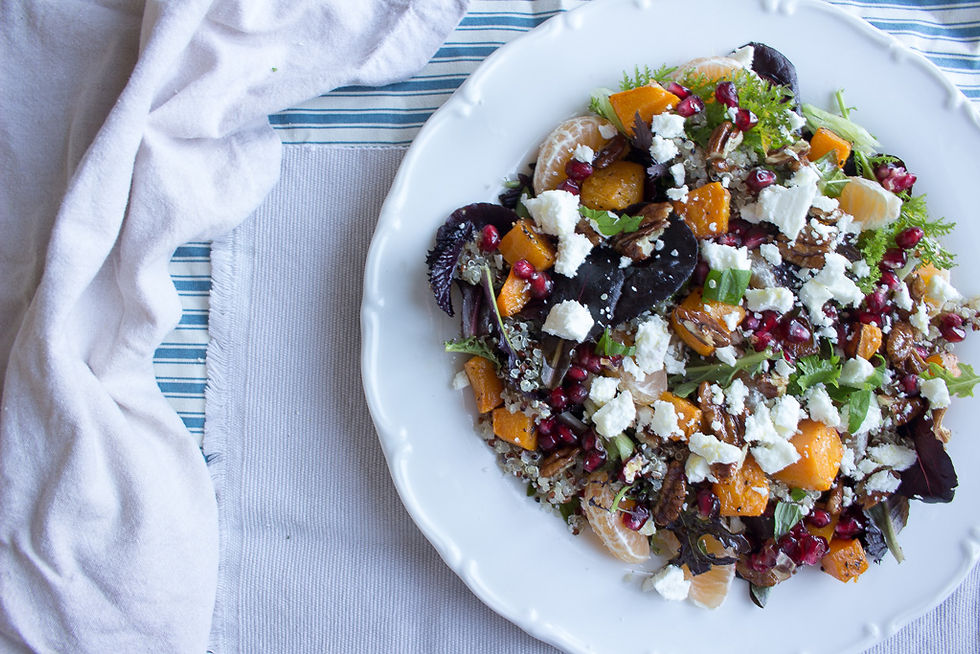Juicing - Top tips for juicing
- The Honest Project
- Feb 26, 2015
- 5 min read

For those who want to give home juicing a try or for those who have already bitten the bullet, here are my top tips for juicing. These tips cover both the practical and the nutritious so hopefully by sticking to these you will have more nutritious juices and a much easier, organised and quicker daily juicing routine.
Fruit / Vegetable ratio: Aim to have a higher ratio of vegetables to fruit in your juices. Fruits have a higher sugar content and ideally should be eaten whole or in smoothies so that you also eat the fibre. When you start out juicing first, you might find your juices taste too ‘vegetably’ and be tempted to add in more orange, apples and pears. Try to resist this temptation. For the purposes of juicing I don’t look at limes and lemons as fruit. They are low in sugar and have an alkalining effect on the body when ingested. However with all other fruits exercise restraint. I often don’t add in any other fruit beside lemons and limes. Sometimes I add a little unsweetened apple but avoid adding oranges, pineapple or pears. If I am buying juice from a juice bar, I occasionally treat myself to one that has a little more fruit than I would use at home, but usually I find these too sweet. Save your fruit for eating whole or adding to your smoothies.
The Extras: Juices can be given a serious nutritional boost by adding some extras such as sprouts, raw garlic, ginger or turmeric. All of these foods are widely touted as having disease fighting abilities and so I like to include them regularly in my diet. This varies from adding them to salads, using them in cooking and adding them to my juices and smoothies. The point is not to confine yourself to juicing fruit and vegetables alone. With most types of juicer, you should be able to add other items to your juice. You might want to experiment with this at first as sometimes the taste can be a little strong.
Herbs: My first venture into juicing herbs was when I started adding mint to my juices for flavour. If I add lots of mint and lime to a juice, I sometimes feel like I am drinking a mojito, minus all of the sugar and rum of course. While I love mint for the flavour, it also helps the digestion process. Other herbs such as coriander and parsley contain good amounts of antioxidants, minerals such as potassium, calcium, manganese and iron, and vitamins. Herbs are readily available (you may even grow your own), easy to juice and taste great. The whole area of the medicinal benefits of herbs is something I am currently researching for a separate blog post – so watch this space.

Empty stomach: Juices are best drank on an empty stomach. This allows the vitamins and minerals to be better absorbed into your blood stream. Plus it also makes the juice much easier to drink. This means either drink your juice about 20 minutes before you eat or about 2 hours after you eat.
Organisation: So many people tell me that they don’t juice because it takes too much time. It is true that juicing does take time, but so too does preparing any food from scratch. By changing your mindset so you do not expect to have a fresh juice every morning in the same amount of time it takes to grab a coffee, can instantly change this attitude to juicing. If we want to start our mornings with a fresh juice, the first thing we need to do is accept that we may have to get up ten minutes earlier in the morning and stop fighting the desire to incorporate juicing into our existing tight-on-time morning routines. There are things that you can do to make juicing quicker and more efficient such as bulk preparing your vegetables the night before, or a couple of times a week – this means that you don’t have to wash, chop and peel vegetables every time you make a juice. I usually prepare fruit and vegetables every second day and it takes about ten minutes. I wash and roughly chop a few bunches of celery and 3/4 cucumbers, chop an apple or two, peel 4/5 lemons or limes, chop my ginger into 1 inch size pieces, etc. I store them in the bottom drawers of my fridge. Remember, you don’t have to peel apples or get rid of the core – all of that contains nutrients and should be juiced. Likewise, I juice the leaves of celery, the stalks of kale, etc. The only real preparation required is to peel the lemons and limes.

Storage: While juices are best consumed immediately after juicing, if you wish to make enough to last you the day, store the juice in a glass jar with an air tight lid, filled to the brim leaving as little air as possible and store it in a dark cool place such as a fridge. Exposing the juice to air oxidises the juice and reduces its nutritional content. Therefore the idea is to reduce the amount of time the juice is exposed to air and seal it quickly leaving little room between the juice and the lid of the jar.

Wheatgrass Trick: I have yet to acquire a taste for wheatgrass. I can tolerate it better than when I first started taking it and I usually just down it in one go and then guzzle down some water, so it is really no big deal. But one trick that I have learned is to juice my wheatgrass immediately after I juice my main vegetable juice. When I make a juice, I usually juice the vegetables first and leave the lemons and limes and ginger until last. Once I finish making my juice and have poured it into a glass, I immediately juice my wheatgrass into the same jug and knock it back straight away. The beauty of this is that my wheatgrass is flavoured with lemon, lime and ginger and is borderline tasty.

Cleaning: Cleaning the juicer seems to be a big reason why people don’t juice regularly. If you are making any meal, the washing up and cleaning is just as, if not more, time consuming than cleaning the juicer. I juice a number of times a day using a twin geared masticating juicer, and instead of cleaning it after each juice, I run some hot water through the juicer while it is still running. Then each night I clean the juicer properly. There are 9 removable parts to my juicer – 6 are dishwasher friendly and 3 must be washed by hand. It takes about 5 minutes at night to dismantle the juicer, stack the dishwasher friendly parts in the dishwasher, hand wash the other three parts and wipe down the actually juicer. It takes about 1 minute the next morning to reassemble the juicer.
When I sat down to write this post, these were the main tips I could think of. I am sure I will come up with more ideas and tips as I continue my juicing journey and as I do, I will share them with you. But for now, I hope you find these useful and hopefully they will help you with your juicing.






Comments